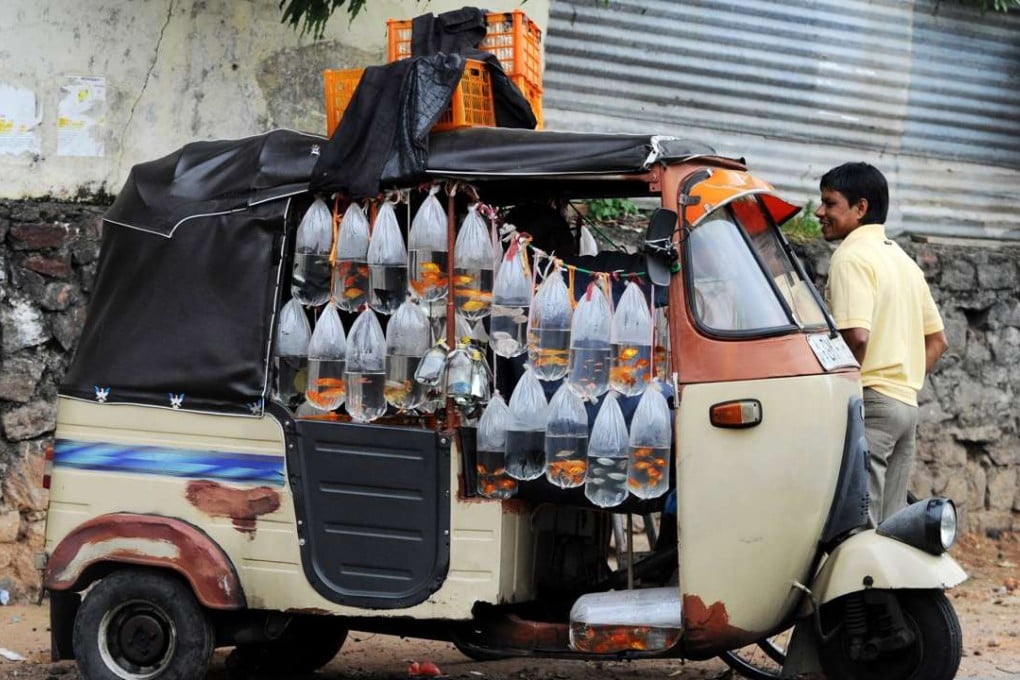Language Matters | How the term ‘tuk-tuk’ has travelled the world
The auto-rickshaw, a common sight in many parts of Asia, has traditionally gone by many different names, but in recent years the Thai word for it, tuk-tuk, has spread

If you have ever travelled in Southeast Asia, the chances are you will have taken a ride in an auto-rickshaw. The name of the three-wheeled motorised form of transport, as well as that of the versions powered by man or bicycle, comes from the Japanese jinrikisha (jin “a man” + riki “power” + sha “carriage”).
But what did you call your vehicle?
Perhaps the most well-known name is the Thai tuk-tuk (ตุ๊ก ๆ, dtóok-dtóok). The term is onomatopoeic: the word mimics a natural sound – that of a small engine. (It does not mean “cheap”, as some would believe, which in Thai is pronounced “thook”, with its aspirated initial “t”.)
Another language-formation process is the development of generic trademarks or proprietary eponyms – brand names becoming general words; aspirin, band-aid and velcro, for example. Auto-rickshaws are commonly known by the name of the company producing them. In Pakistan, they are called “chingchi”, after Chinese company Jinan Qingqi Motorcycle, which introduced them to the market.
In Sri Lanka, they are “three-wheelers” or “bajaj” – most are a slightly modified model from Indian manufacturer Bajaj. Those in Jakarta, also Bajaj models, are “bajaj” or “bajay” (the “j” sound does not occur at the end of a word in Bahasa Indonesia). In Bangladesh, they are called “CNGs” for their use of compressed natural gas.

